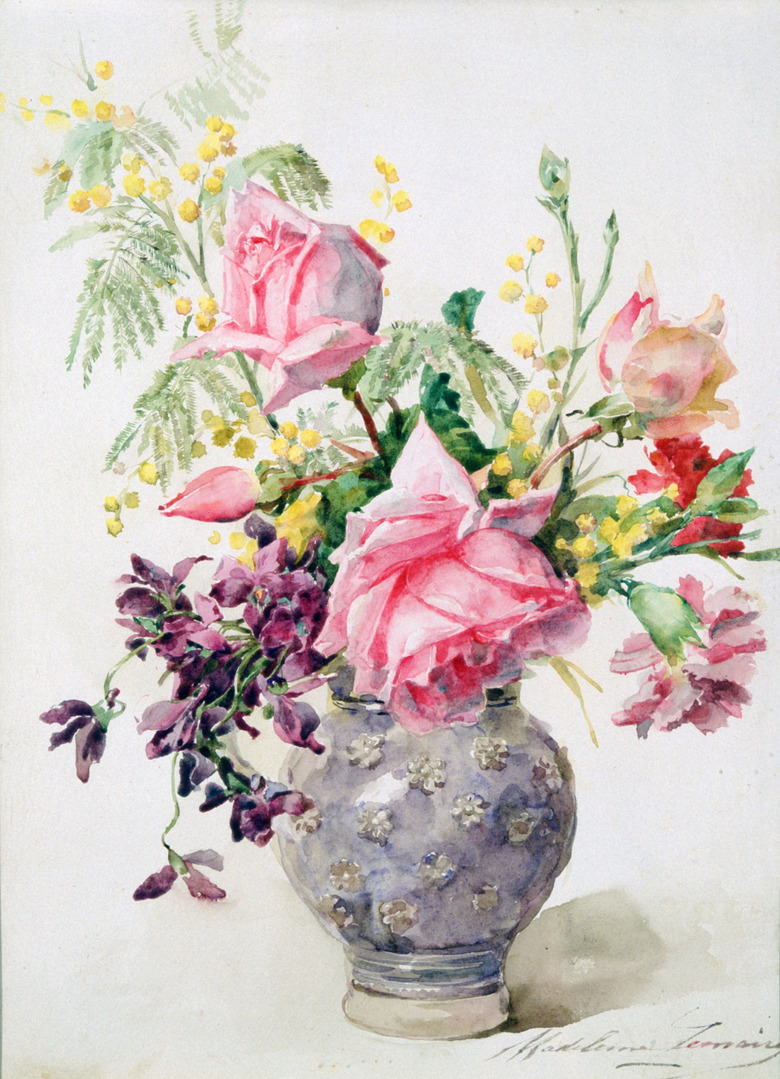How To Tell If A Vase Is Antique
Tip
Some vases will have a maker's mark on the bottom, but the mark may be difficult to see. Use a magnifying glass, as needed, to identify the mark.
Some pieces must have more than one attribute in order for them to be identified as original antiques.
A company name on the bottom of the vase may not exist. Instead, you may find the maker's initials or the company logo.
Antique vases are made from a variety of materials, including porcelain and glass. While some individuals have attempted to reproduce antique vases and pass them off as rare collectibles, original works of art have specific characteristics that you can use to tell if they are indeed antique. Keep in mind, however, that not all companies and/or artists used the same techniques to mark their work, so do not expect every antique vase to have exactly the same characteristics.
Step 1
Look for a mark on the bottom of the vase. Marks may reflect the name of the company that made the vase, as well as the name of its designer. When the vase has a company name and an artist's name, it may be worth more than if it simply has a company name. Marks may be inked, painted or engraved into the bottom. Many manufacturers used different marks in different years. Antique catalogs or appraisers can tell you if the mark indicates that your piece is an antique.
Step 2
Look at the composition of the glass. Some antique vases, such as carnival glass vases, were coated with metallic paint, making them heavier and thicker than plain glass vases. However, vases made during the Great Depression were constructed of clear glass, making them thinner and lighter than other clear glass vases. Reproductions of Great Depression vases are much thicker than the originals.
Step 3
Look at the bottom of the vase. In some instances, a designer that has hand-blown the glass will polish the edges by hand, indicating your vase may be an antique. In this instance, the edges will be smoother and shiner than the rest of the vase. While modern artists do still polish edges by hand, this attribute, along with the artist's signature, may provide evidence that the item is an antique.
Step 4
Look for an overmark, which is a stamp placed on the bottom of a vase over the original maker's mark. The overmark was then glazed over, often causing the maker's mark to smudge. Overmarks indicate a vase that was made from 1880 to 1930, and sometimes imported from Europe.
Step 5
Look for a NIPPON mark. Prior to 1921, the United States required that all items imported from Japan be marked with NIPPON. After 1921, Japanese manufacturers marked their imports with JAPAN. The NIPPON mark was placed on the bottom of the vase and may be accompanied by a date, as well as the manufacturer's name.
